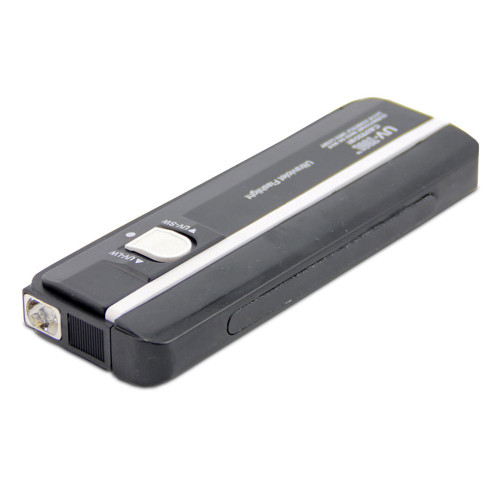- Economy Shipping is $7.95 for most orders (some products are not eligible).
- FREE Economy Shipping on orders $100+ with code 100FREESHIP.
- Orders with 1-day or 2-day shipping placed by 1:00 pm MST ship the same day. All other orders typically ship the next business day.
- See Shipping Information for more details.
- Returns: Return unused products within 60 days. To get started, see our return policy.
Fluorescent Mineral Kit - Longwave and Shortwave
Learn about fluorescence with rocks! This fluorescent experiment kit has six mineral specimens that fluoresce under the included black light flashlight. More Info
Ages 10+
In Stock & Ready to Ship
Need it fast? See delivery options in cart.
Free Shipping on Most Orders $100+
Learn about fluorescence with rocks! This fluorescent experiment kit has six mineral specimens that fluoresce under the included black light flashlight. More Info
Ages 10+
In Stock & Ready to Ship
Need it fast? See delivery options in cart.
Free Shipping on Most Orders $100+










